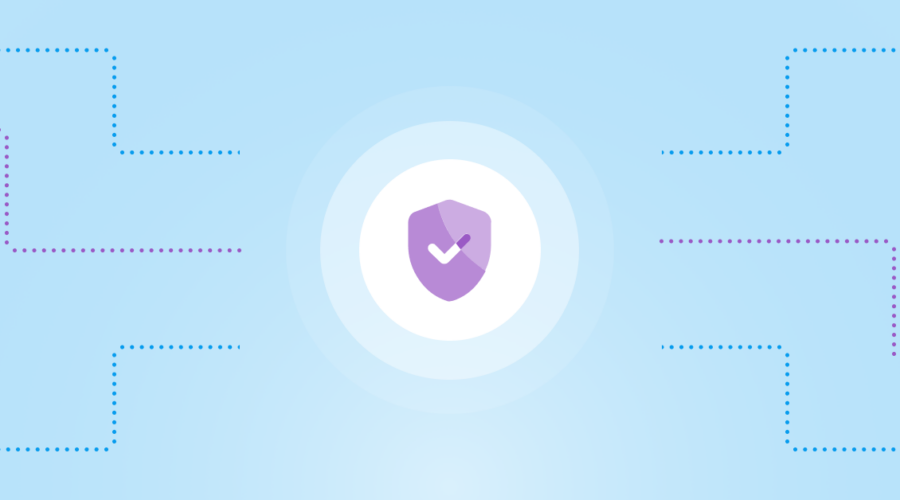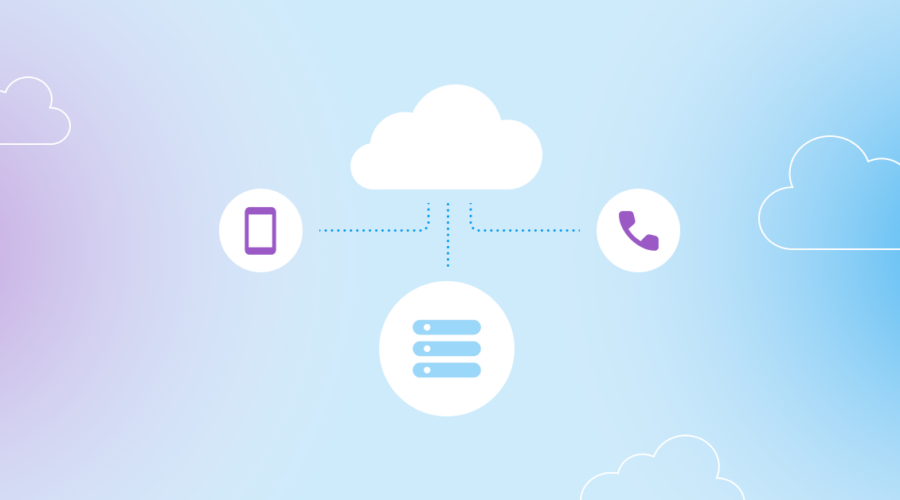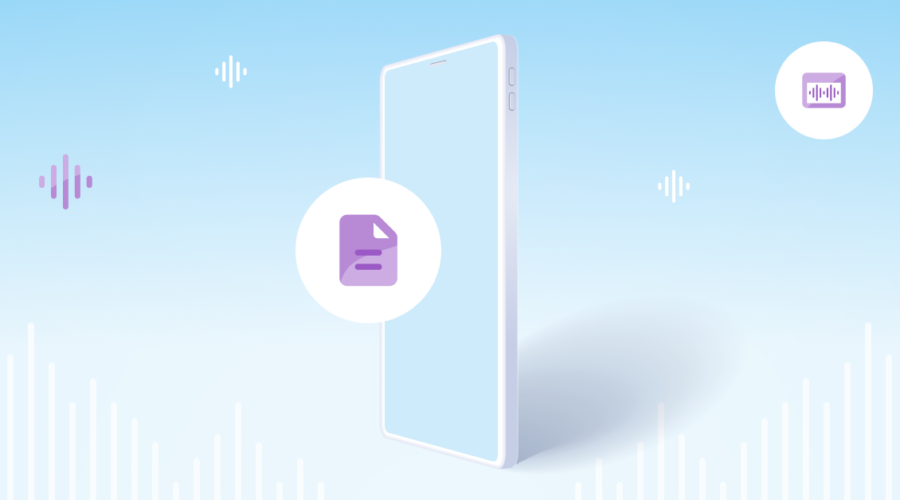SIP Trunking
What is SIP?
SIP stands for Session Initiation Protocol and is a protocol (i.e. language) that communications applications use to talk to one another over an IP network.
SIP is used to create, manage, and terminate calls (or sessions) in an IP-based network. SIP is the instruction set that tells an application how to process a phone call.
What is SIP trunking?
SIP trunking allows organizations use the internet to transmit voice, video, and data securely and efficiently. By replacing traditional phone lines with virtual connections, businesses can streamline their communication systems, optimize costs, and enhance flexibility.
An IP-based connection between a user’s telephone system and an ITSP (internet telephony service provider), these connections allow for Voice Over-IP (VoIP) calls to be made, for messages (SMS/MMS) to be passed, 911 emergency calls to be made, and other SIP-based real-time communications.
SIP trunking vs. PRI-ISDN
PRI stands for Primary Rate Interface. PRI is a copper connection typically delivered from a local telecom facility.
On the other hand, SIP trunking is delivered over-the-top (OTT) via the internet or a Wide Area Network (WAN).
PRIs provide 23 voice channels while SIP trunks can be bought and deployed in specific quantities. So what does this mean?
Because PRIs are hard-wired connections, they represent fixed infrastructure costs that you maintain year round whether needed or not and often take 30-45 days for delivery.
SIP trunking enables your organization to pay for the call capacity you need, when you need it. SIP is more efficient and typically more cost-effective, especially for large enterprises that need to plan for seasonality and scale.
How to choose a SIP provider
When it comes to finding a SIP provider, what should your business look for? There are lots of things to consider, but here are some of the big ones (in no particular order):
Network ownership
Does your provider own their network? Network owner-operators have better quality control, greater insights to service impairment, faster time to recovery, better relationships with other carriers, and better cost control.
Network reliability & quality
Does your SIP provider take steps to ensure high network uptime, diversity, redundancy and call quality? Around the clock proactive network monitoring can be used to re-route calls in real time around costly outages on your end.
Network footprint
Does the provider you’re considering have coverage where you need it? If not, you will need to contract with more than one SIP provider. How does managing multiple providers to get the coverage you need impact your internal resources?
Phone number management
How quickly and easily can you order and provision numbers? What does your potential provider’s number ordering and porting process look like? Phone number management can be a major tripping point, with many providers relying on support tickets to process any order or port request, and that’s assuming they even have the numbers you need.
Pricing & rates
There are many different ways that SIP can be priced—flat rate, rate decks, metered, bundled, per-channel, retroactively, prorated, and session based as examples. Be sure to talk with your provider to pick the pricing model that works best for your specific needs.
Bandwidth offers different pricing options based on your organization’s individual needs. Request a quote to see how Bandwidth can save you money on SIP.
E911 availability
No communication is more critical than a call to 911. If you’re making the move from PRI to SIP, it’s important to remember how the transition can dramatically impact a user’s emergency calling experience. New regulations like Kari’s Law and RAY BAUM’s Act now require specific features from your provider such as emergency notifications and a mechanism to provide “dispatchable location”–even for remote and mobile workers.
For a seamless experience and a safer enterprise, choose a SIP trunking provider that can also natively route emergency calls for any user at any location. Working with a single, Tier 1 provider can remove the complexities of keeping up with user location and regulations while ensuring emergency calls are reliably connected.
Read our blog post on Kari’s Law & RAY BAUM’S Act to learn more about new 911 regulations.
Scalability
Is your business static, or is it constantly evolving? Do you need an agile telephony provider? As your business changes it’s important to know whether or not your SIP provider can evolve with you; including network infrastructure scale and 24/7 operational support.
Service & support
How quickly do tickets get handled? Do you have a single point of contact or just someone on the other end slowly responding to emails? Is there an escalation path? How much are you paying for service? Understanding your service level agreement (SLA) and what it entails can make or break your relationship with your SIP provider.
Want to know more about what to look for when picking a SIP provider? Check out our free quick guide on selecting a SIP provider.
How is Bandwidth involved with SIP trunking?
Bandwidth provides SIP trunking services directly to large businesses with our Enterprise SIP Trunking product. We also power our UC (Unified Communications) and VoIP Reseller customers directly with SIP solutions, so they can in turn serve their own customer bases.
The information provided in this glossary definition does not, and is not intended to, constitute legal advice, nor does it necessarily represent Bandwidth's products or business practices. This page is for general informational purposes only.


